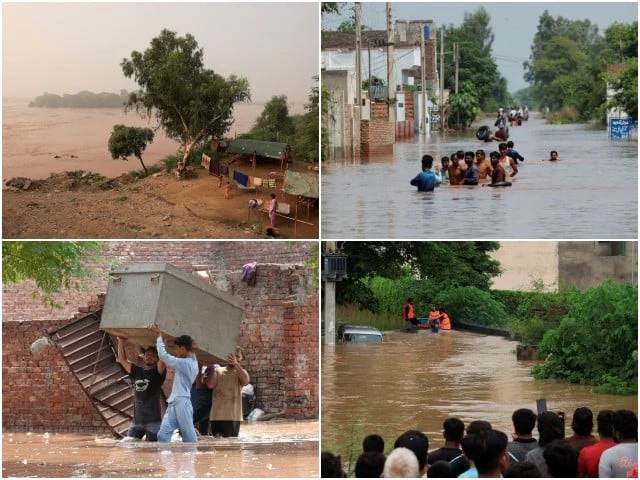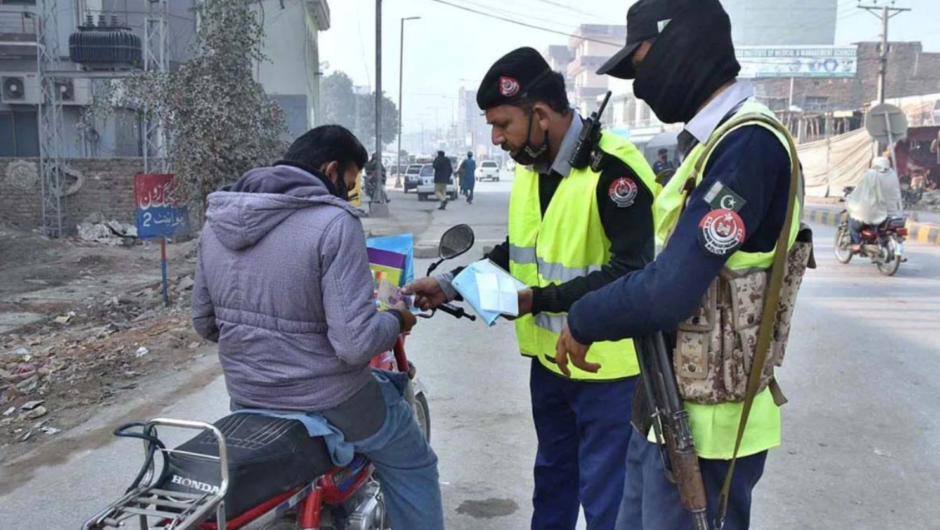The people are once again in the grip of a climate disaster as the worst monsoon floods in Pakistan in decades have submerged villages, washed away farmland, and forced millions from their homes. With Sindh and Balochistan bracing for catastrophic inundation, rescue operations across Punjab and Khyber Pakhtunkhwa are struggling to keep pace with the devastation.
Villages Underwater, Crops Destroyed
Authorities report that more than 2,300 villages have already been inundated, with 1.5 million people displaced. Over 480,000 stranded residents have been shifted to safer ground, while relief camps, numbering more than 500, are offering temporary shelter, food, and medical aid. Despite these efforts, conditions remain dire.
In Punjab, relentless rainfall has crippled major cities. Lahore’s Mall Road, Gulberg, Davis Road, and surrounding areas remain waterlogged, while power outages have left neighborhoods in darkness. Smaller towns like Chishtian and Sialkot are cut off after the riverbanks gave way, leaving dozens of villages stranded without road access. Entire harvests of rice, sugarcane, and cotton have been lost, threatening a new wave of food inflation in the coming weeks.
Rising Threats Along Rivers
The Provincial Disaster Management Authority warns that water levels in the Sutlej, Ravi, and Chenab rivers are dangerously high. Kasur has recorded its worst flooding since 1955 after heavy discharges from India’s Madhopur Headworks overwhelmed embankments. Officials say keeping Kasur city safe is now a “major challenge.”
The National Disaster Management Authority has also issued a high alert for the Indus River, predicting extreme flooding at Guddu Barrage and Panjnad Headworks in early September. If river flows rise as expected, low-lying areas of Sindh and Balochistan could face a cascading disaster.
Meanwhile, in Multan, authorities are preparing for more than 700,000 cusecs at Head Muhammad Wala, where controlled breaches may be necessary to protect urban centers. Evacuations are already underway in 138 settlements.
Relief workers, aided by the army, continue round-the-clock operations. Yet many displaced families in southern Punjab complain of insufficient boats and delays in moving livestock to higher ground. Farmers across Rajanpur, Sialkot, and Pakpattan say the flooding has wiped out their livelihoods overnight.
Meteorologists warn the next 48 hours are crucial. With forecasts of more rainfall, the worst monsoon floods in Pakistan are expected to deepen, making this disaster one of the country’s gravest humanitarian emergencies in recent memory.
Also, see:
Karachi Announces Two-Day Ban on Heavy Vehicles
Topics #featured #Pakistan #trending pakistan




